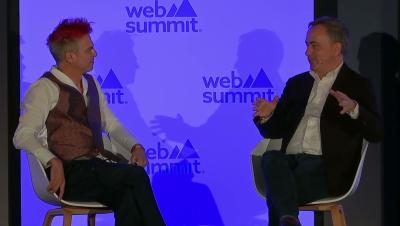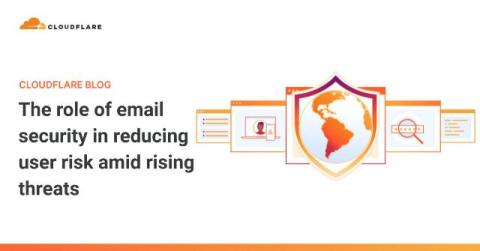Record-breaking 5.6 Tbps DDoS attack and global DDoS trends for 2024 Q4
Welcome to the 20th edition of the Cloudflare DDoS Threat Report, marking five years since our first report in 2020. Published quarterly, this report offers a comprehensive analysis of the evolving threat landscape of Distributed Denial of Service (DDoS) attacks based on data from the Cloudflare network. In this edition, we focus on the fourth quarter of 2024 and look back at the year as a whole.











